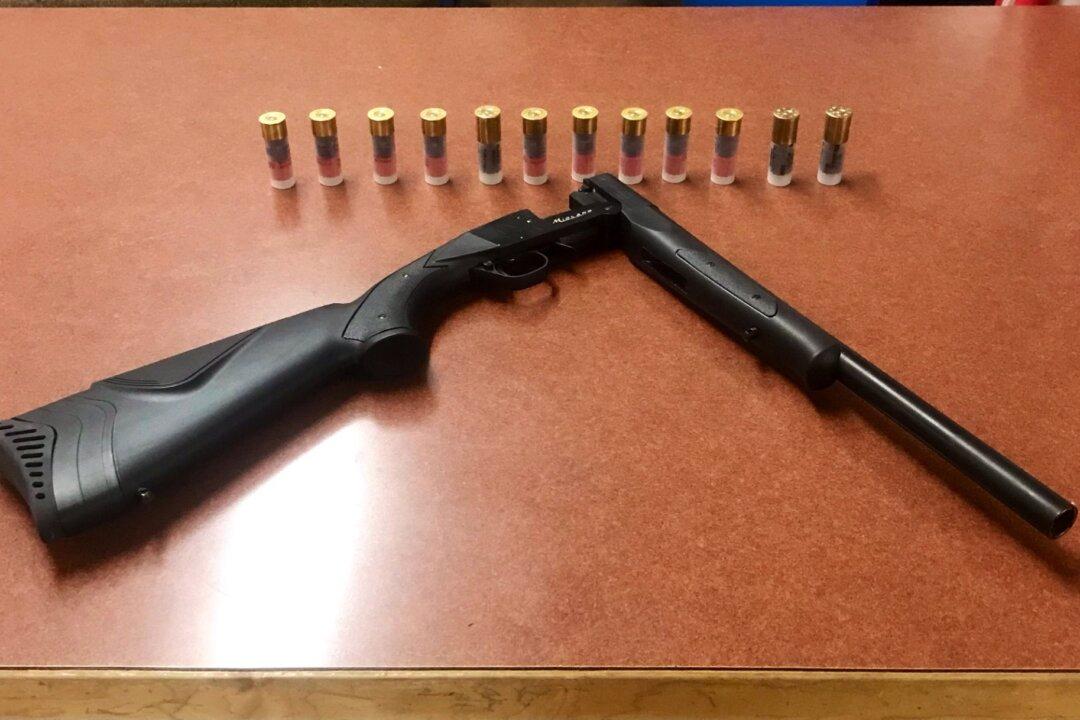Two New York City police officers saved the life of a suicidal teenager by snatching a loaded shotgun away from the 19-year-old a split second before it fired.
The unidentified young man’s mother alerted the police that her son was in the stairwell of a Manhattan building on Monday, June 17, the New York Daily News reported, and that he was armed with a shotgun.





